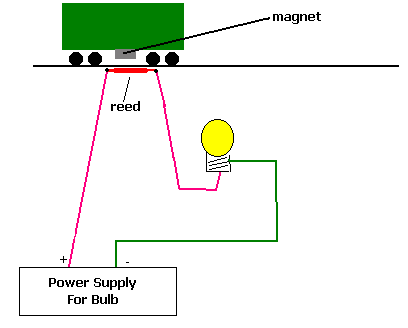
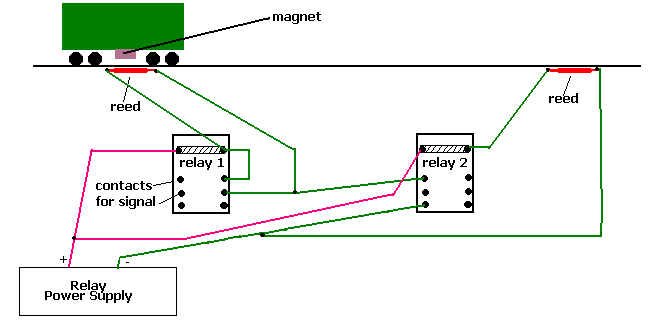
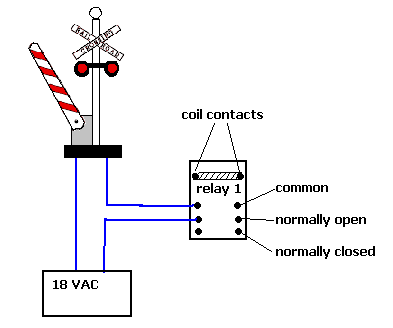
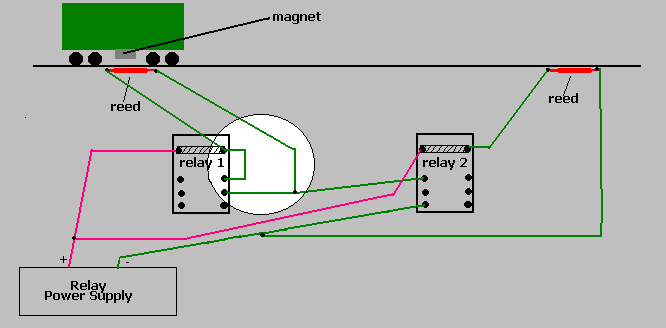
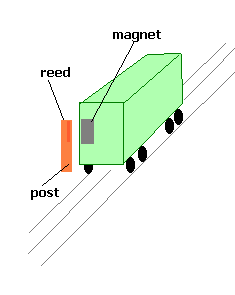
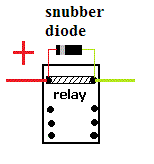
Please refer to hobby reference materials for correct and safe use information regarding these and all electronic circuits. These diagrams are intended to explain how things were accomplished in theory, but it is the responsibility of the individual to locate precise information regarding electrical circuits, materials, ratings of components, etc. Do not attempt these hobby projects, or any electrical project, if you don't have the necessary skills and experience.